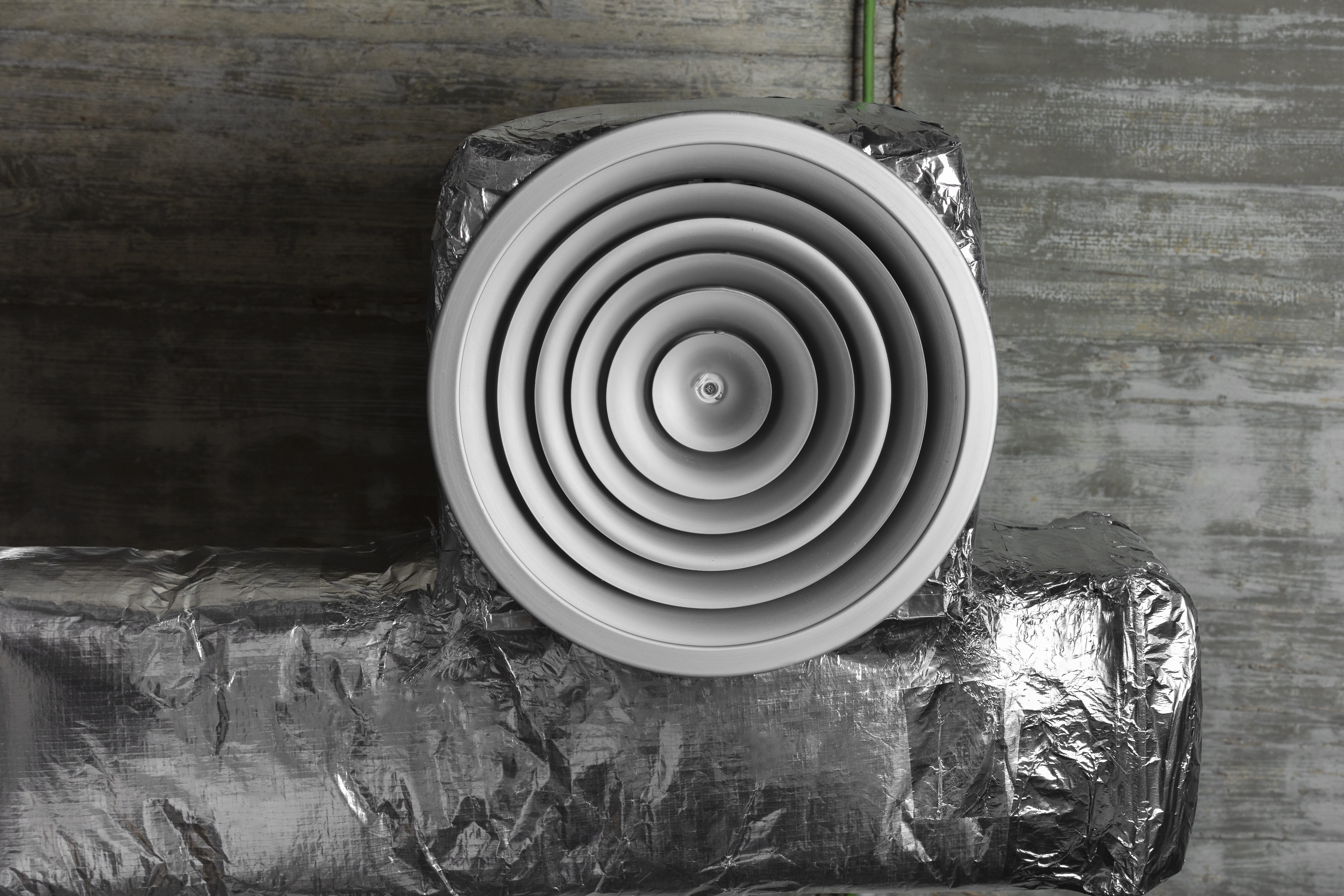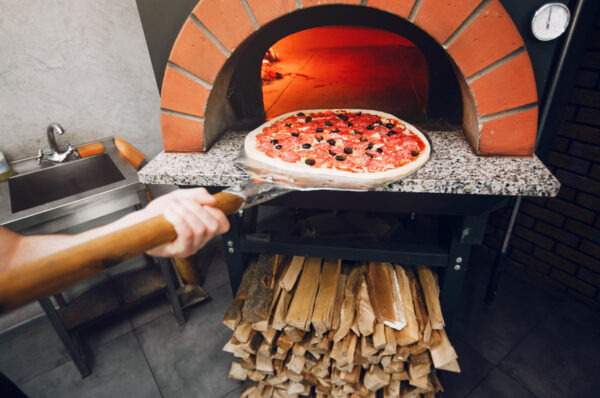When it comes to ensuring the safe and efficient operation of wood heaters, stoves, fireplaces, or boilers, the insulated flue kit plays a crucial role. A properly installed and insulated flue system ensures that combustion gases are effectively vented out of your home while minimizing heat loss and preventing condensation. Whether you are setting up a new heating system or upgrading an existing one, understanding the components, benefits, and installation requirements of insulated flue kits is essential.
In this comprehensive 2000-word article, we’ll explore what insulated flue kits are, how they work, their advantages, and what to consider when choosing and maintaining them.
What Is an Insulated Flue Kit?
An insulated flue kit is a pre-packaged system designed to vent combustion gases safely from a heating appliance, such as a wood-burning stove, fireplace, or boiler, to the outside environment. The kit usually includes multiple components like flue pipes, elbows, ceiling supports, flashings, and cowls.
What sets an insulated flue apart from a standard flue is the insulating layer between its inner and outer walls. This insulation reduces heat transfer, preventing the outer surface from becoming excessively hot and ensuring better draft performance.
Key Components of an Insulated Flue Kit
- Inner Stainless-Steel Liner – Carries the hot flue gases safely to the outside.
- Insulation Layer – Typically made of ceramic fiber or mineral wool, this layer prevents excessive heat loss and maintains higher internal temperatures.
- Outer Casing – A second steel layer that protects the insulation and enhances the system’s durability.
- Flashing and Storm Collar – Ensure a weatherproof seal where the flue exits through the roof.
- Cowl or Cap – Placed at the top to prevent rain, debris, and birds from entering the flue.
- Locking Bands and Clamps – Securely connect sections of the flue together.
These components work together to provide a safe, efficient, and long-lasting venting solution.
How an Insulated Flue System Works
An insulated flue kit functions by maintaining a consistent draft through controlled airflow. As your stove or heater burns fuel, it produces hot gases that need to escape through the flue. The insulation keeps these gases hot as they travel upward, ensuring a steady upward flow and preventing condensation.
In simpler terms:
- Hot air rises due to its lower density.
- The insulation maintains the temperature, supporting the upward draft.
- The outer casing stays cool, preventing heat damage to nearby materials.
This design makes insulated flue kits both safe and efficient for residential and commercial applications.
Types of Insulated Flue Kits
Insulated flue kits can vary based on the type of heating appliance, installation method, and construction material. Here are some common types:
Twin Wall Insulated Flue Kits
These consist of two layers of stainless steel with an insulation layer in between. They are ideal for installations where the flue passes through unheated spaces, such as attics or exterior walls.
Single Wall Flue Kits
While technically not insulated, these are used as connecting pipes from the appliance to the insulated section. They are used indoors, where heat radiation is beneficial.
Flexible Insulated Flue Kits
These are designed for retrofitting existing chimneys. The flexible design allows easy installation in old masonry chimneys without major modifications.
Modular Systems
Modular insulated flue kits allow custom configurations using straight lengths, elbows, tees, and adaptors. These are ideal for complex or multi-story installations.
Benefits of Insulated Flue Kits
Using an insulated flue kit provides numerous performance, safety, and efficiency advantages. Below are the top benefits:
Improved Safety
The insulation ensures that the outer casing of the flue stays cool, reducing the risk of fire hazards. This is especially important when the flue passes through combustible materials like wood framing.
Enhanced Energy Efficiency
By keeping flue gases hotter for longer, the insulated design maintains a strong draft. This results in better combustion efficiency, cleaner burns, and less fuel consumption.
Reduced Condensation
When flue gases cool too quickly, moisture and acidic condensates can form inside the flue, leading to corrosion and blockages. Insulation prevents this by maintaining high internal temperatures.
Longevity and Durability
High-quality stainless-steel insulated flues are corrosion-resistant and can last decades with minimal maintenance.
Easier Installation
Modern insulated flue kits are modular and come with pre-engineered components, making installation straightforward for both professionals and skilled DIY installers.
Weather Resistance
The outer casing and flue cap protect against rain, snow, and debris, maintaining a clean and functional vent system year-round.
Aesthetic Appeal
Insulated flue kits are available in sleek, polished finishes that complement both traditional and modern interior designs.
Applications of Insulated Flue Kits
Insulated flue kits are versatile and can be used in various heating setups:
- Wood-burning stoves and fireplaces
- Pellet heaters
- Gas or oil boilers
- Outdoor kitchens or pizza ovens
- Industrial and commercial heating systems
Each application requires careful sizing and configuration to ensure safe venting and compliance with building codes.
Choosing the Right Insulated Flue Kit
Selecting the correct flue kit depends on several factors. Here’s what to consider:
Appliance Type and Size
Ensure the flue diameter matches your heater’s outlet. Incorrect sizing can cause draft problems or smoke spillage.
Material Quality
Choose stainless steel grades like 304 or 316 for high corrosion resistance, especially in coastal or humid regions.
Insulation Thickness
The thickness of insulation typically ranges from 25mm to 50mm. Thicker insulation provides better heat retention for colder climates.
Certification and Compliance
Always check for compliance with local building codes and safety standards (e.g., EN 1856-1, AS/NZS 2918). Certified systems ensure safety and insurance coverage.
Installation Environment
Determine whether the flue will pass through internal spaces, ceilings, or external walls. This affects the type of flashing, support brackets, and pipe lengths required.
Aesthetic Preferences
Flue kits come in brushed, matte, or black finishes. Choose one that complements your appliance and room décor.
Installation Process of an Insulated Flue Kit
Proper installation is vital to ensure safety and performance. While professional installation is always recommended, understanding the process helps homeowners monitor the work or perform basic maintenance.
Planning and Measurement
- Determine the flue path — vertical runs are most efficient.
- Maintain minimum clearance distances from combustible materials (usually 50–100mm).
- Ensure the flue extends at least 600mm above the roof ridge.
Assembling the Components
- Connect the flue to the stove outlet using an appropriate adaptor.
- Assemble the sections with locking bands or clamps, ensuring joints are secure and leak-free.
- Use wall or ceiling supports for stability.
Roof Penetration and Flashing
- Cut an appropriately sized hole for the flue to pass through the ceiling and roof.
- Install roof flashing and storm collar to prevent water ingress.
Installing the Cowl
- Fit the rain cap or cowl at the top of the flue.
- Ensure the cowl is properly secured to prevent wind or weather damage.
Final Inspection
- Check for airtight connections.
- Test the appliance for proper draft and smoke clearance.
- Verify compliance with local fire and building safety codes.
Maintenance and Cleaning Tips
Even with durable stainless steel and insulation, periodic maintenance ensures optimal performance.
- Annual Inspection: Have the entire flue inspected by a certified technician annually.
- Regular Cleaning: Soot and creosote buildup should be cleaned at least once a year, preferably before winter.
- Check for Corrosion: Inspect joints and fittings for signs of rust or leaks.
- Sealant and Flashing: Re-seal roof flashings if necessary to prevent water entry.
- Bird Guards: Ensure the cowl remains clear of nests or debris.
Regular maintenance prolongs the life of the system and prevents costly repairs.
Common Problems and Troubleshooting
Even high-quality systems can face occasional issues. Here’s how to identify and resolve them:
| Problem | Possible Cause | Solution |
|---|---|---|
| Weak draft or smoke backflow | Flue too short, blockage, or poor insulation | Extend flue, clean inside, check seals |
| Condensation dripping | Flue gases cooling too fast | Add insulation or extend vertical section |
| Excessive creosote buildup | Low-temperature burns | Burn dry wood and maintain steady heat |
| Water leaks | Faulty flashing or storm collar | Replace or reseal components |
| Rattling noises | Loose joints or supports | Tighten locking bands and brackets |
Cost of Insulated Flue Kits
The cost depends on several factors such as brand, material grade, insulation thickness, and total length required.
- Residential kits: Typically range from $400 to $1500 USD.
- Custom or commercial systems: Can exceed $3000 USD depending on complexity.
While cheaper single-wall pipes may seem attractive initially, insulated systems save money in the long run by improving efficiency, reducing fuel costs, and preventing damage.
Why Invest in an Insulated Flue Kit
If safety, efficiency, and long-term performance are priorities, an insulated flue kit is worth every penny. It ensures compliance with modern safety standards, protects your home from fire hazards, and delivers consistent heating performance regardless of external conditions.
Moreover, it enhances the value of your heating system and contributes to environmental sustainability by promoting cleaner, more efficient combustion.
Conclusion
An insulated flue kit is more than just a venting accessory — it’s a vital component of any safe and efficient heating system. By maintaining optimal flue gas temperatures, reducing condensation, and enhancing overall efficiency, insulated flue kits ensure that your stove or fireplace operates smoothly and safely year after year.
Whether you’re upgrading an existing chimney system or installing a new wood-burning heater, choosing a high-quality insulated flue kit and ensuring proper installation will guarantee long-term reliability, safety, and warmth for your home.




